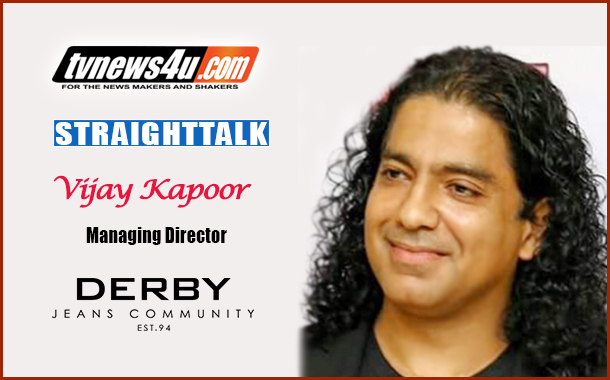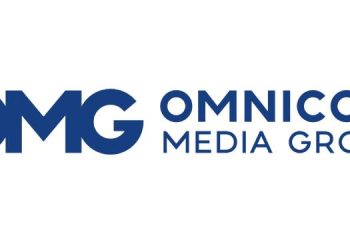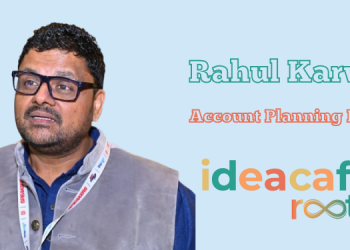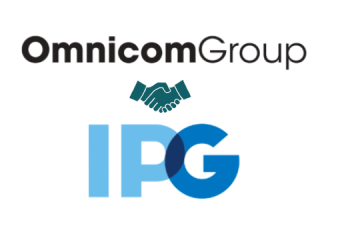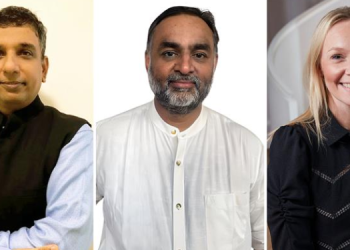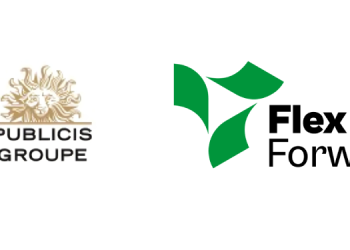From a small tailoring shop of two second-hand sewing machines, Derby has grown to be a leading menswear brand in South India with a retail presence through exclusive stores and multi-brand outlets. Vijay Kapoor, MD, Derby clothing who aims to create a community of one thousand successfull first-generation entrepreneurs through franchising wants India to be in the fashion map of the globe by 2025. In an exclusive chat with Swaminathan Balasubramanian for tvnews4u.com, he explains his company’s plan forward.
Why do you think retail is detail?
For a building, beyond the look and feel, every aspect including the foundation, cement, material used, architecture makes it strong. Similarly, I am on the belief that while building a retail, one has to get on to every single possible detail. In a retail, while every aspect like interior, look, product portfolio, merchandise make a key role, I personally feel that the 90% of success happens in terms of the location. We should have the best location for a customer to step inside the shop. Then comes their first-time purchase and loyalty, referral and so on. If you find the best location, rest will be taken care.

What is your business model?
We purely believe in franchise model. According to a research study, any business needs successful first year to ensure that they are sustaining. In India, 95% of business shut down within the first one year which means that the success ratio is only 5%. However, another study says that the success rate of franchise is 90%. We reach out to franchise, teach those first-generation businessmen on the operating procedures, business, system to be in place and process. Any business, the motive is to create profitable customer. So, we ensure that our franchisee takes ownership of Derby and give value for the shop owners and customers.
You had started your business in 1994 when Jeans was taboo. What are the changing expectation of a customer?

Customers need us to change according to the trends. If we do not upgrade ourselves to their expectations, we are lost in the business.
I started as just another tailor. We want to bring innovation and our team was thinking how innovative we can be. During the year 1996, we wanted to do value addition for what we do regularly. We wanted to re-invent the way stitching was happening. We brought a concept called ‘dial-an-outfit’ where our executives will come to the doorstep of the customer with samples and deliver the stitched material in their home. We also promoted a [public telephone] number located opposite to our office those days. Slowly we started receiving calls after calls and thus made people visit our store. When the time flies, our initial customers were also aging and their kids started growing with different taste. We didn’t want our brand to be their ‘dad’s brand’ or ‘mama’s brand’. We want to stay aligned with them and we have our products that meets the expectations of youngsters.

You are present predominantly in South. Why not geographical expansion?
I can tell a simple example. My friend had invited me over his kid’s birthday party. They made the occasion special by planting one thousand tree samplings. However, after one year, they had lost connect with the planted saplings. Same holds with retail. Starting a retail store is like planting a tree. A tree needs first three years of proper care. So as any retail store. So, rather than increasing the count, we think the depth of the reach.
Have you ever given a try anywhere outside South?
Yes. We had given a try for expansion in Mumbai, Delhi, Kolkata and other some of the places. Unfortunately, we burnt our hands and we called our franchise partners and asked them shut down the stores. In fact, that operational expenses had incurred huge losses for us despite we were present in the posh locations like ground floors of all top malls, competing with international brands and more. We learnt a lesson that Indian apparel market depends on word of mouth and it takes time. We were not in a position to afford that. In the 2013, after losing heavily, we came back to our board room, re-engineered the way we did business to ensure that every stake-holder of us are making profits.

How much importance you give for look and feel in your shops?
The best design should be able to elevate the mood of a customer. How much ever upset the customer feels, the look and feel of the retail shop should make them feel high. We ensure the customers have best physical experience through ambience, light, VM, sales experience and digital aspects.
What are the key marketing activities that helped Derby in the initial stages and what helps now?
Initial days of Derby were built on ‘ Word of mouth ‘ publicity and hoardings (Bill boards) in prime locations in the city. Currently Derby has been using Full-page advertisement in publications like Times of India to build its brand image. This apart social media advertisement through face book, Instagram with campaign shots and creative videos are been used aggressively. The Customer Loyalty Program at Derby is very effective in converting a one-time customer to regular and also pampering frequent buyers by value added benefits.

Most of your commercials are done with foreigners. What is the reason for that?
Our advertising agency is based out of Australia, hence most of our commercials are shot in different parts of the world giving Derby a global image and recall value.
What are the key media you spend? (Events, TV ads, radio ads etc)
Most of our advertisement budgets are spent on Newspaper, CLP, Social media and outdoor advertisement.
Who is your target audience and what are the challenges you face in reaching out to them
Derby targets young male with a ‘Rebel In Me attitude’. Men who what to make their lives count and ‘uplift success’ of others in the process.

The challenge faced is fragmented reach through media. Too many options, too expensive and most media are not effective because the ‘attention span’ of TG has reduced. He is continuously multi tasking and inpatient. Catching his attention, retaining his attention and inspiring him to shop with a particular brand where brand loyalty is on the decrease is the challenge. Large offers of discounts on E-commerce platforms has further added to the challenge.
What are in cards for the following financial year?
Right now we have 70 stores. We are finding that the real potential of India is in the tier-2, tier-3 cities. We will be increasing the depth of our presence in the small B and C class cities. This expansion, in the year 2018-19 should reach almost every single city of the states in South India. Once that is done, in the fiscal 2019-2020, will target West and North.

